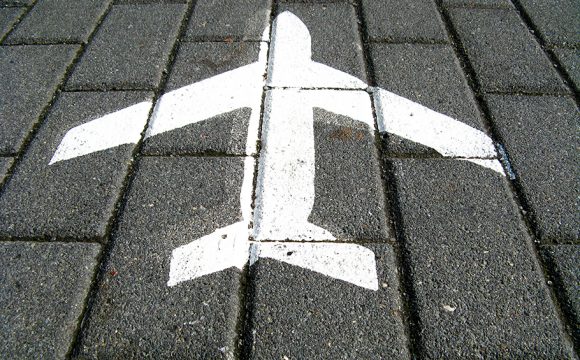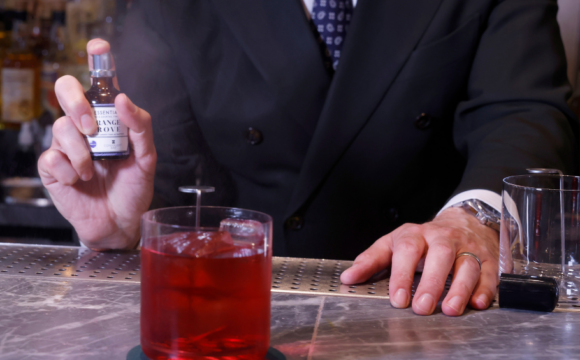After a three year £8 million restoration project, the magnificent neo-classical Mount Stewart House now reflects the 1920 to 1950 era, when Charles, the 7th Marquess of Londonderry, and his wife Edith, Lady Londonderry, made it their much-loved Irish home.
Situated on the picturesque shores of Strangford Lough in County Down, the restored house now boasts vibrant decorative schemes conveying the rich hallmarks of their creator, Edith, with the rooms set out to recapture how they would have appeared at the time.
The house has timed entry (so that it doesn’t become crowded) so you need to pick up a timed ticket from the reception area. However you are free to explore the house at your leisure and there are guides in each room to tell you a bit of information about the room and answer any questions you may have. You can also purchase a printed guide for a small donation of £1 – and in my opinion it is well worth purchasing it.
From humble beginnings Mount Stewart became one of the greatest Ascendancy houses in Ulster. Tracing centuries of history, it’s rooms reveal the eclectic tastes and interests of the family spanning generations.
One of the most significant family collections sits proudly around the walls of the dining room. The 22 Empire chairs from the Congress of Vienna includes the one reputedly used by Viscount Castlereagh as Foreign Secretary. Edith had them skillfully embroidered in the 1930s with the coats of arms of the delegates present at the Congress.
In the dramatic ‘Black and White Hall’ are pieces of armour captured from the Imperial Guard by the 3rd Marquess, General Charles Stewart, the distinguished and flamboyant ‘Soldier Marquess’ who fought under Wellington. Here you can also admire the white marble bust of Helen of Troy and the portrait of Lady Londonderry pictured in her Women’s Legion uniform. She founded this voluntary body in 1915 and became the first Dame Commander of the Order of British Empire in 1917 in recognition of her work.
Next step into the private world of the debonair 7th Marquess, Charles, known as Charley, amid the plethora of personal possessions that fill his Office. Described as a charming man, he was a keen politician and sportsman and his lifelong passion for aviation is reflected in the room. In fact flying was very much a part of family life and all of his daughters learned to fly. In 1934 he donated the land to build the airfield at Newtownards – a very popular with airfield with flying enthusiasts up and down the peninsula.
Charles and Edith enjoyed relaxed family breakfasts, lunches and afternoon teas in the stunning Breakfast Room – positioned between Charles’ Office and Edith’s Sitting Room with the vista out over the lavish gardens Edith lovingly created in 1920-21. The family had many pets and this was also where the dogs were fed from a big army-style container. Lady Londonderry doled out the food into white enamel dishes for each dog – all 14 of them from deerhounds to Pekinese, a woman after my own heart! The room houses a tradition Irish dining or wake table and a collection of Berlin cabinet plates from 1810-20, a diplomatic gift acquired by Chalres Stewart when he was British Ambassador in Berlin. They illustrate a taste for top quality decoration on porcelain.
Nestled between the Breakfast Room and Lady Londonderry’s siting room is the family height chart showing the growth of each of the children and I was astonished to note that Lady Mairi, Charles and Edith’s youngest daughter, was the same height as me!
Edith’s Private Sitting Room gives a glimpse into the real passions of this clever, warm-hearted and captivating innovator, designer, mother, author and legendary society hostess. It is brimming with her most cherished possessions and was the haven where she set about researching, planning and designing the inspirational gardens for which Mount Stewart is now so famous. She also wrote several books from her desk that sits overlooking her beloved grounds. Plant and seed catalogues and garden design books fill the room, while portraits and photos of her family reveal how important they were to her.
Hanging in pride of place on the staircase is the famous masterpiece by George Stubbs of Hambletonian Rubbing Down in a new gilt frame. Upstairs the Naples, Rome and Florence Bedroom Suites have been restored and are open for viewing. These three rooms overlook the Italian gardens and provide some of the best views of Edith’s acclaimed grounds which are considered among the top gardens in the world.
After a fine dinner guests would retreat to the comfortable Drawing Room to relax and talk. Gazing down from the walls are immense portraits by Sir Thomas Lawrence – constant reminders of the wealth and importance of the family dynasty. More of Edith’s ingenuity comes to light in the converted lamps dotted around the room, made from tea caddies which she brought back from China in 1904-5. Truly a lady advanced for her time!
The Central Hall houses Mount Stewart’s new silver display. It holds an exquisite selection of the Londonderry family silver dating from 1694 to mid-20th century, with a Butler’s book on hand to explore further the heritage of the collection.
Mount Stewart House has been through several incarnations, from ‘the cabin by the sea’ to the historically renowned mansion crammed with priceless family treasures of today. Kings, queens, lawmakers and luminaries all gathered for glittering parties and Lady Edith Londonderry’s golden touch is in every corner. Speaking of Mount Stewart, Edith once said: “I do love this place so deeply”, and I have to admit, I do too.
















